Soft Woods
| Douglas Fir Douglas fir is a popular softwood, valued for its clean lines and crisp finish, making it an excellent choice for contemporary architectural frames. Its orangey-pink colour deepens to a rich orange as it ages, adding aesthetic appeal. Structurally, Douglas fir is known for its straight grain, providing stability and predictability in construction, especially when paired with modern design elements like glass and steel. While softer than oak, it remains durable and easy to handle due to its lower moisture content, allowing for faster seasoning and easier finishing. A common finish is the limed look, which lightens its natural colour. Economically, Douglas fir is more affordable than oak, and its price has remained stable over the years. Environmentally, it is sustainably sourced from certified forests. Overall, Douglas fir is ideal for modern, streamlined architectural projects, combining affordability, durability, and a contemporary aesthetic. | 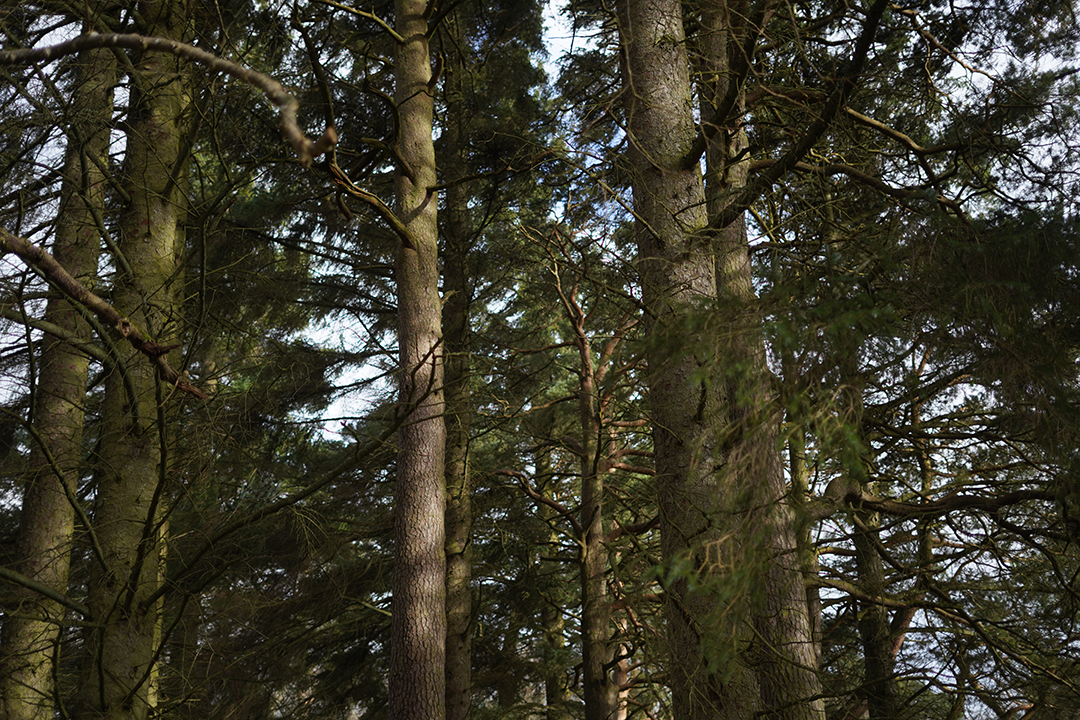 |
| Scottish Larch Larch is a highly durable softwood, favoured for its natural resistance to decay, fungi, and insects, making it an excellent choice for outdoor projects. Its robust moisture resistance makes it ideal for cladding buildings, offering long-lasting protection with minimal maintenance, making it both cost-effective and reliable. While its resin content can limit its suitability for paint finishes, Larch remains a versatile timber for many applications. For projects requiring a painted finish, alternatives like Douglas Fir are recommended. At Highland Heritage Woodworks, we specialize in working with homegrown Larch and offer expert advice to help customers choose the best timber for their needs. Whether you’re considering Larch or exploring other options, our team is ready to assist with your timber projects to ensure optimal results. | 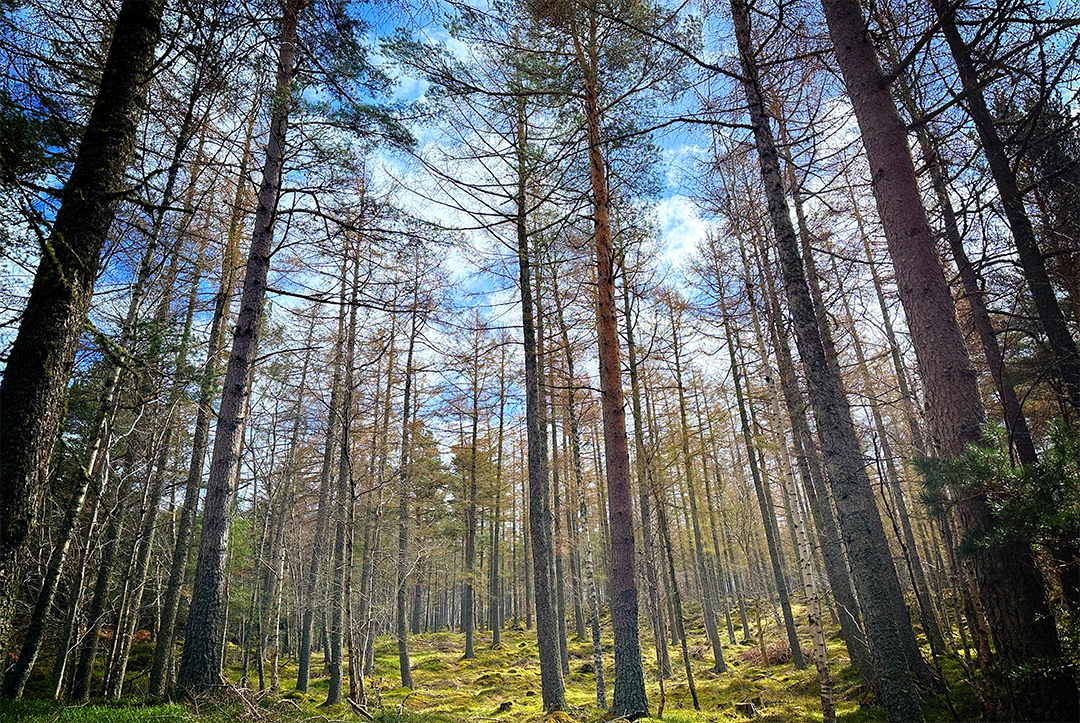 |
| Scots Pine Scots pine has many commercial applications. In construction, it is valued for its strength and is used for structural timber, frameworks, joinery, and flooring. It also plays a key role in paper production, providing pulp for paper, plywood, pallets, and crates. Scots pine is commonly used in furniture making and fencing due to its durability. Additionally, it is utilized for telegraph poles and pit props in mining. The tree’s resin is processed into turpentine, tar, and other products, while its inner bark is used for rope-making. The cones of Scots pine are used to produce dye and serve as kindling for fires. In alternative medicine, Scots pine essential oil is popular for its therapeutic properties. Its combination of strength, durability, and versatility makes Scots pine a highly valuable timber in multiple industries. | 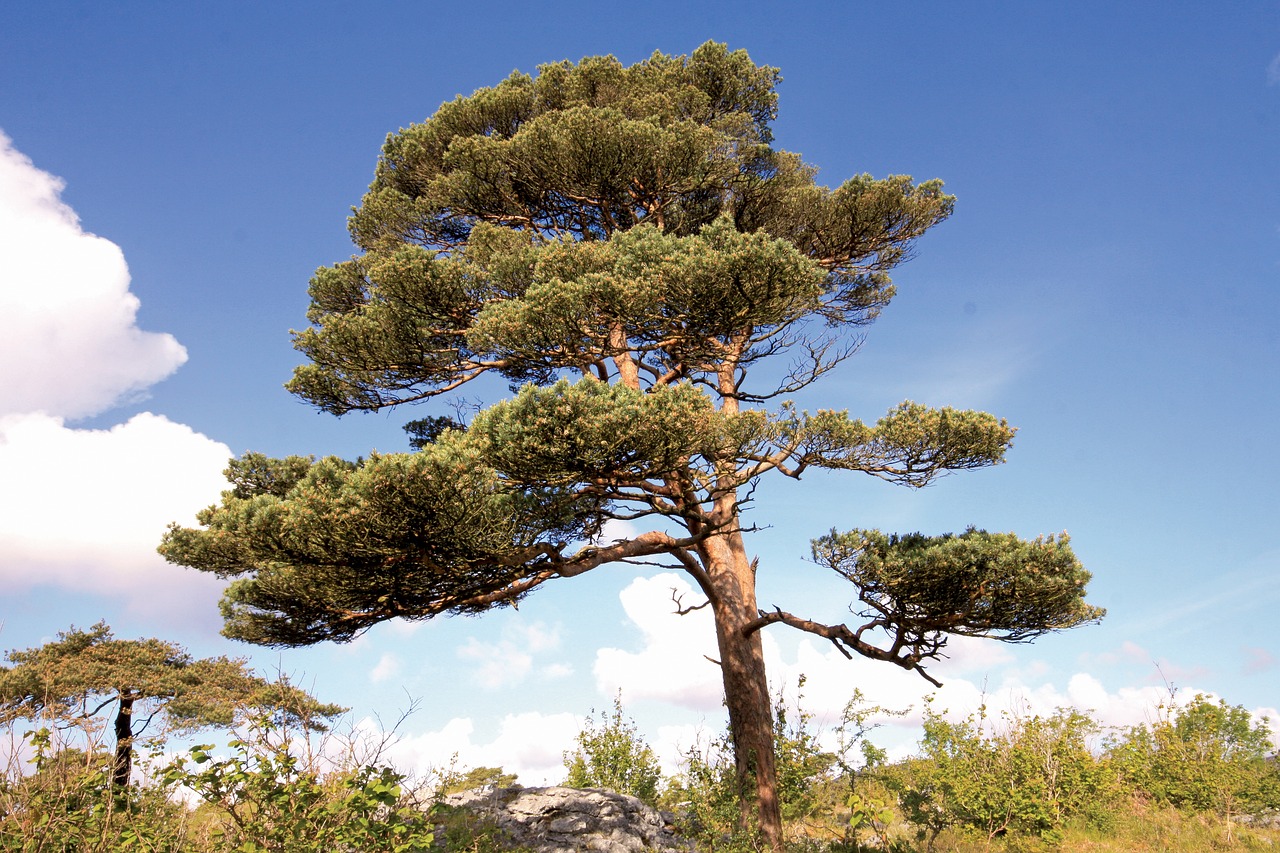 |
| Western Red Cedar Western Red Cedar is commonly used for cladding, linings, joinery, shingles, siding, and weatherboarding due to its durability and resistance to the elements. Its strength and insulation qualities make it a popular choice for roofing shingles and shakes. Western Red Cedar is also used in furniture making, both indoor and outdoor, as well as for carving and turnery. Additional applications include beehives, blinds, and light boat building. This timber is widely used in commercial and institutional facilities such as schools, libraries, hotels, and commercial buildings. Valued for its dimensional stability, uniform grain, reddish-brown color, low density, thermal insulation, and acoustical properties, Western Red Cedar is also a sustainable option. For longevity, corrosion-resistant fasteners like stainless steel or aluminium are recommended to preserve its appearance and performance. | 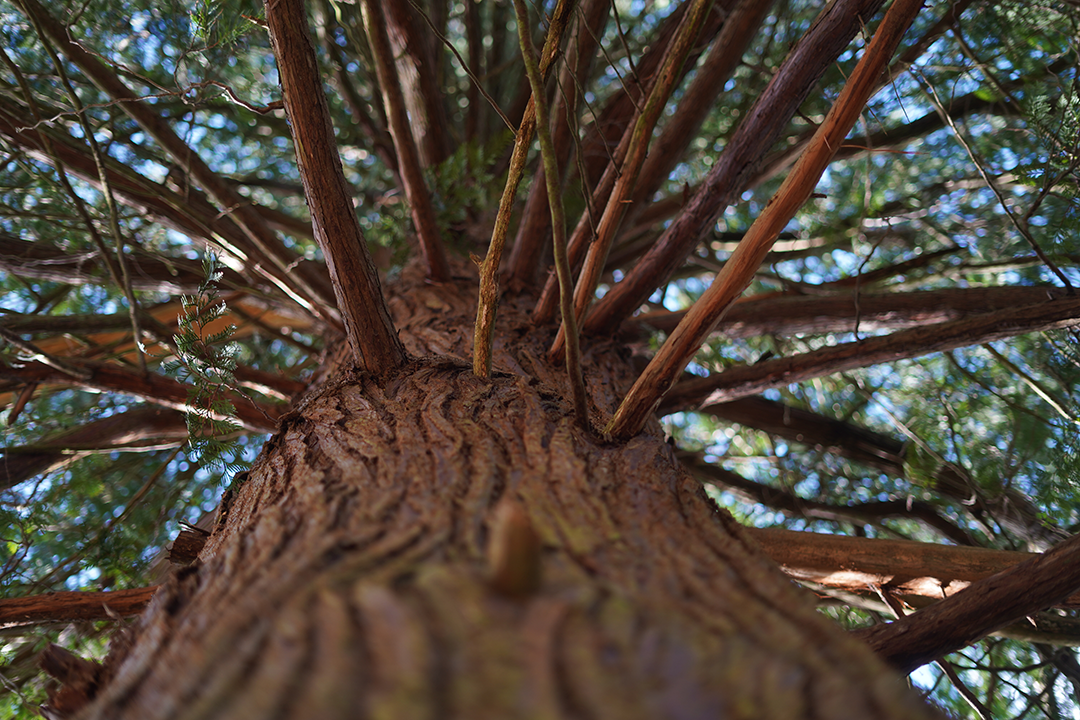 |
| Norway Spruce Norway spruce is commonly used for internal building work, including wall studs, rafters, floor and ceiling joists, and flooring. Its strength and fine grain make it suitable for furniture and box making, while its sound-transmitting properties have earned it the nickname “violin wood,” used in the production of violin soundboards. Norway spruce’s lightness, straightness, and long length make it ideal for telegraph poles, ladders, oars, and roofing timbers. Additionally, it is widely grown as a popular Christmas tree. Historically, its resin was used to produce turpentine and pitch for waterproofing ships. Norway spruce twigs can even be used to make spruce beer. Known for being strong, soft, straight, and fine-grained, it is easy to work with, although its closed-pore structure can produce less favourable results when stained. | 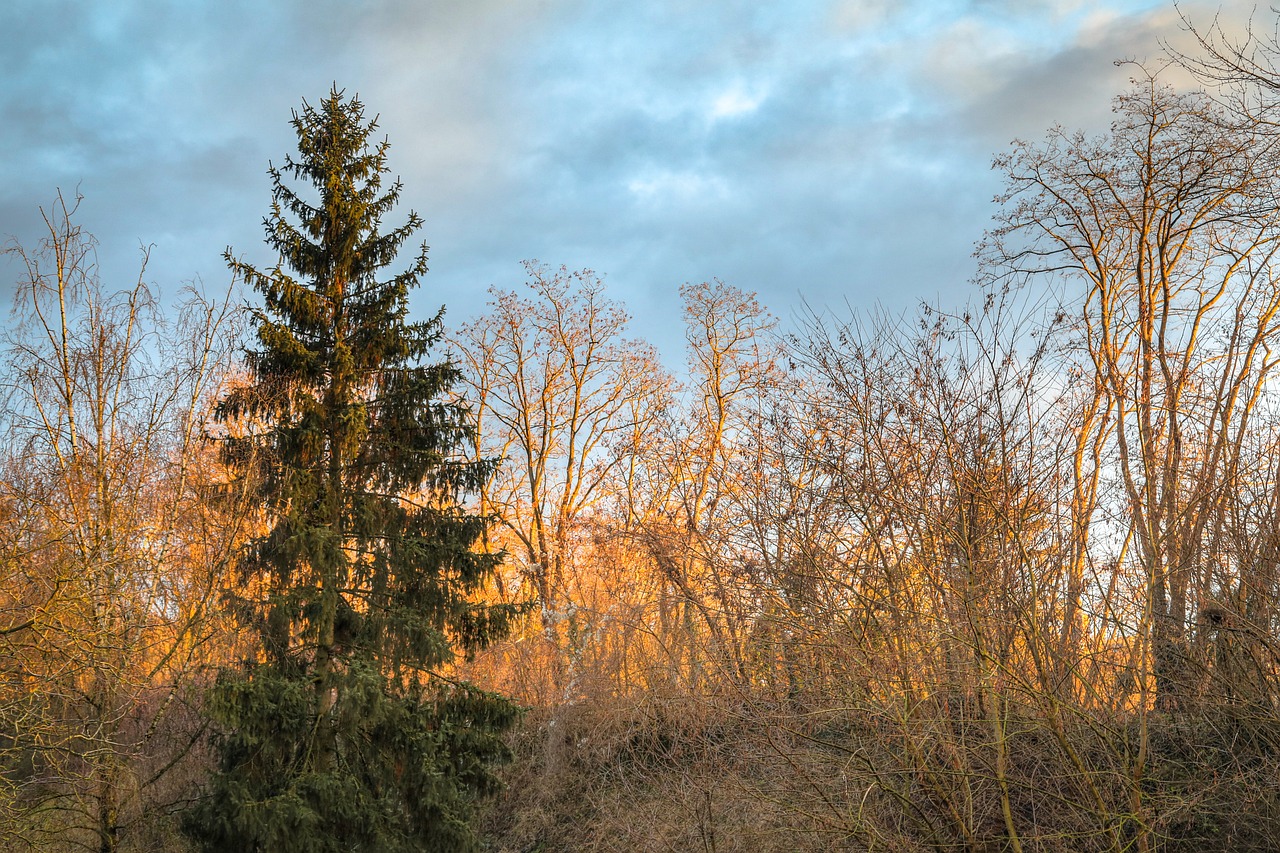 |
| Sitka Spruce Sitka spruce is commonly used for timber in stud work and roof beams. Its durability and strength also make it a popular choice for pallets and packaging materials. In the music industry, Sitka spruce is prized for soundboards in guitars, violins, and pianos, thanks to its high strength-to-weight ratio. Historically, it was used for boat masts, oars, and aircraft, including the Wright brothers’ Flyer and the Mosquito fast bomber. Sitka spruce is the primary conifer grown in Great Britain, making up about 50% of commercial plantations, and it is also cultivated in countries like Ireland, Iceland, Denmark, Norway, France, and Sweden. Its wide range of uses highlights its strength, versatility, and importance in industry. | 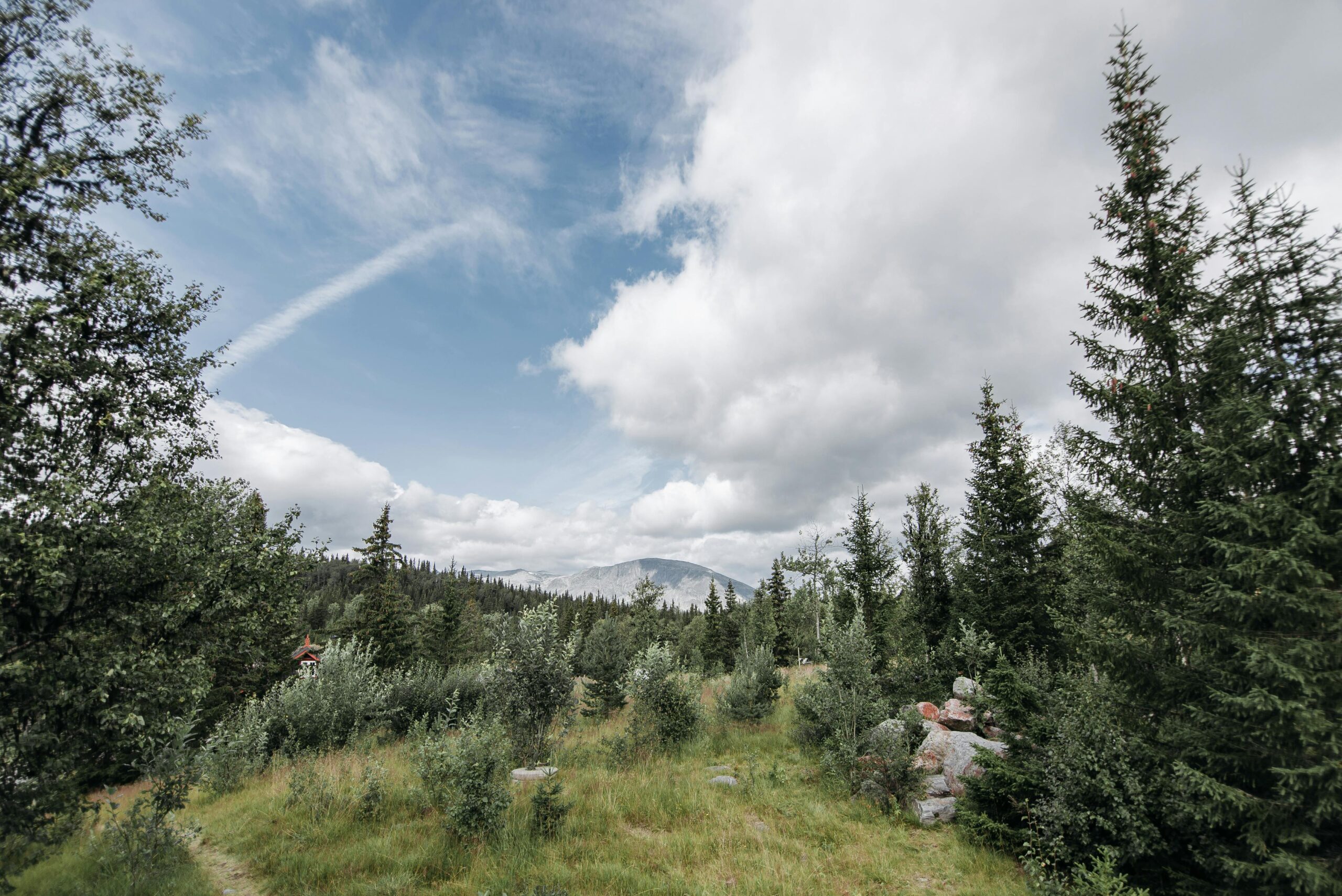 |
Hard Woods
| Oak Oak wood is widely valued for its strength, durability, and versatility, making it a popular choice in various commercial applications. Its natural beauty and workability make it ideal for furniture, with mission-style furniture often crafted from solid oak. Oak’s hardness and length also make it an excellent option for hardwood flooring. In construction, oak is considered one of the top materials for window frames, door fittings, and exterior cladding due to its strength. White oak’s water-resistant properties are utilized in making barrels for aging wine and liquor, as well as for building boats. Additionally, oak plywood is used to create coffered ceilings, adding texture and depth to interior designs. Oak sawdust remains a preferred material for smoking food, while the tannin in oak bark was historically used in leather tanning. With its dense, close grain and resistance to insect and fungal infestations, oak continues to be a highly prized hardwood across industries. | 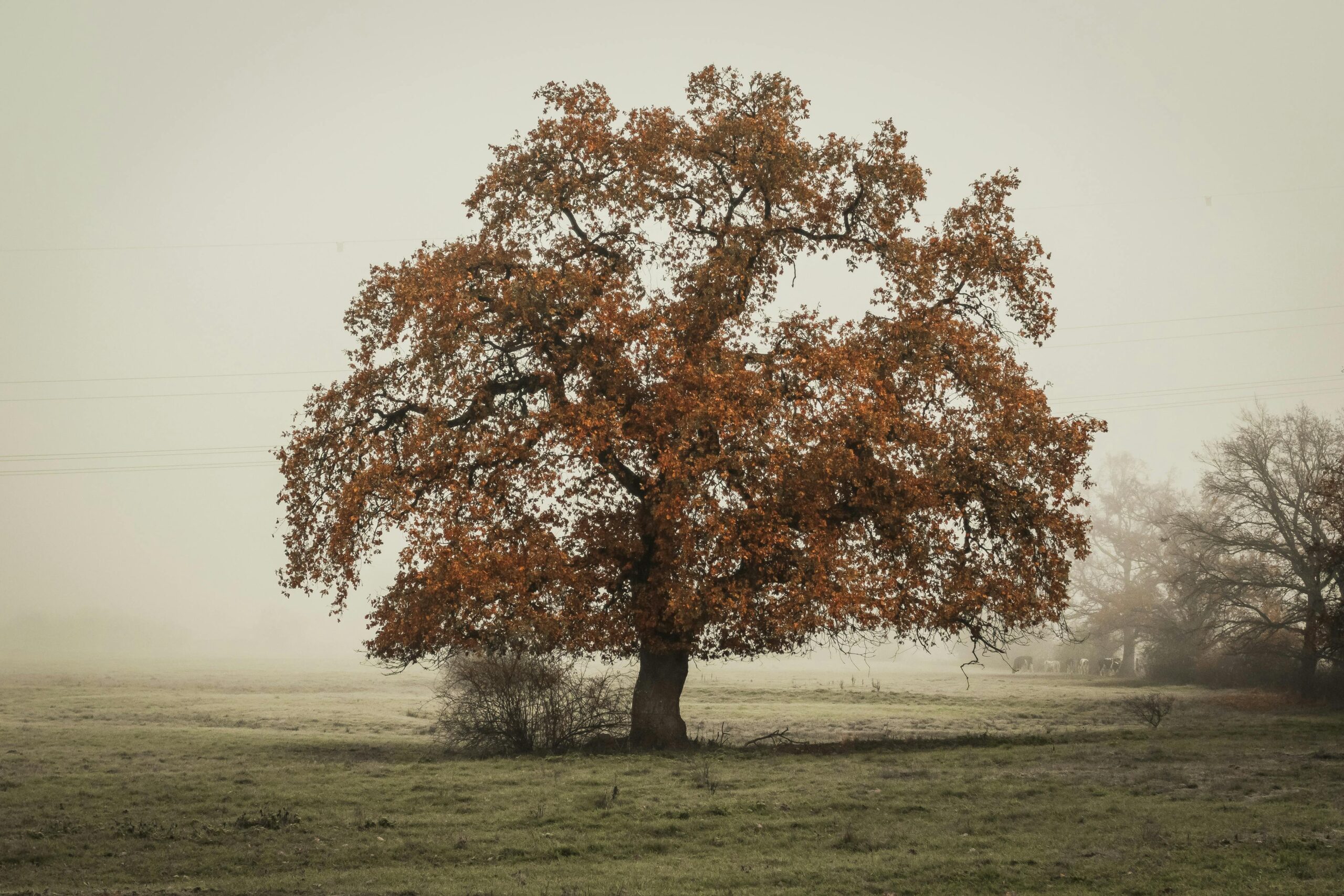 |
| Beech Beech wood is highly versatile due to its strength, affordability, and workability. It is commonly used in furniture production, such as chairs, tables, and cabinets, as well as in hardwood flooring and heavily stressed building components. Its straight grain and elasticity also make it suitable for musical instruments, particularly piano pin-blocks and drums. Beech wood is favoured in the kitchen for cooking utensils and tool handles, while its durability extends to sports equipment. It also burns efficiently, making it excellent firewood, ideal for smoking meats like pork and beef. Beech wood’s cellulose is used in the production of high-quality paper, bioplastics, and viscose fibres for textiles. However, its tendency to absorb moisture makes it unsuitable for outdoor furniture or high-humidity environments. Despite this, its many uses and affordable nature make beech wood a valuable material across industries | 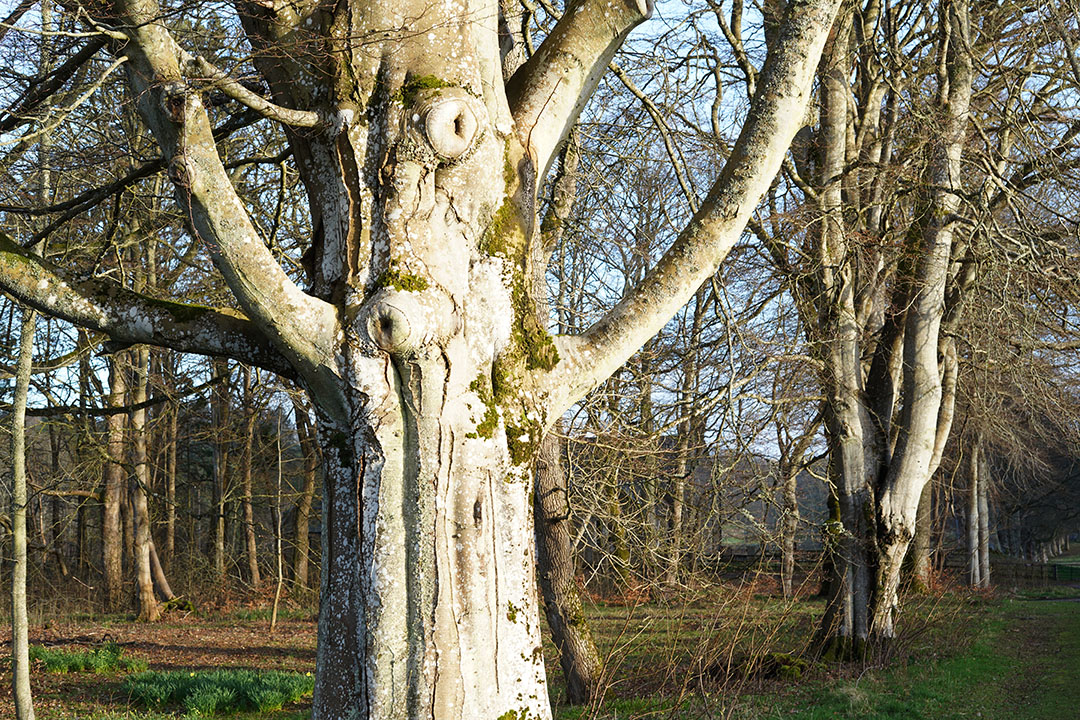 |
| Ash As one of the toughest hardwoods, Ash can absorb impacts without splintering, making it ideal for tool and sports equipment handles like those used for hammers, axes, hockey sticks, and oars. Its attractive grain also makes it a popular choice for furniture. In addition to its use in woodwork, young ash seeds are edible and have been utilised in herbal medicine. Historically, ash wood was frequently used to build carriages, and Morgan Motor Company in the UK still uses it for car frames. Ash trees can live for up to 400 years, and when coppiced, they can survive even longer, providing firewood and charcoal over time. |  |
| Elm Elm’s durability makes it a top choice for furniture such as chairs, tables, cabinets, and dressers, while its robustness also makes it ideal for hardwood flooring. Elm’s workability is well-suited for intricate woodworking crafts, carvings, and engravings. Its resonant properties are favored in the production of musical instruments like guitars and violins. In the maritime industry, elm is used for boat parts including transoms, rudders, and bottom planks, as well as for dock and harbor work like fenders and keel-blocks. It is also used in agricultural implements, as well as boxes, barrels, and crates. Additionally, elm is a popular wood for caskets. With its water-resistant qualities, tight-twisted grain, and warm brown heartwood, elm is highly prized across various industries for its durability and aesthetic appeal. |  |
| Cherry Cherry wood is widely valued for its aesthetic appeal. It is commonly used for high-end furniture, particularly kitchen cabinets, as well as for wall and ceiling paneling. While it can be used for flooring, cherry wood may show wear from foot traffic over time. Its fine grain and smooth texture make it ideal for moldings, millwork, and doors. In the maritime industry, cherry wood is used for boat interiors, while its moderate strength and shock resistance lend themselves to musical instruments like pianos and violin bows. Additionally, cherry wood is favoured for tool handles, jewellery, sculptures, and veneers. With a medium density, good bending properties, and photo-reactive qualities, cherry wood develops a rich reddish-brown patina over time, adding to its visual appeal. Its combination of durability, workability, and beauty makes it a prized hardwood in various industries. |  |
| Sycamore Sycamore wood has a fine grain, and affordability. It is often used in furniture making, including drawer sides, concealed parts, and exposed sections of budget-friendly furniture. Its resistance to staining and food tainting makes it an ideal material for kitchenware such as ladles, wooden spoons, chopping boards, and rolling pins. Sycamore is also favoured for crafting stringed instruments like the Carolan harp, as well as for interior millwork and paneling. Additionally, it is used in the production of pallets, crates, boxes, and veneer for baskets. In boat building, sycamore provides a durable material, while its fine grain lends itself well to wood carving. The wood’s appealing pale cream colour also makes it suitable for automotive and aircraft interiors. Overall, sycamore wood’s durability and cost-effectiveness make it a valuable material in a range of industries. |  |

